Yiting Xie
CMAT: A Multi-Agent Collaboration Tuning Framework for Enhancing Small Language Models
Apr 04, 2024Abstract:Open large language models (LLMs) have significantly advanced the field of natural language processing, showcasing impressive performance across various tasks.Despite the significant advancements in LLMs, their effective operation still relies heavily on human input to accurately guide the dialogue flow, with agent tuning being a crucial optimization technique that involves human adjustments to the model for better response to such guidance.Addressing this dependency, our work introduces the TinyAgent model, trained on a meticulously curated high-quality dataset. We also present the Collaborative Multi-Agent Tuning (CMAT) framework, an innovative system designed to augment language agent capabilities through adaptive weight updates based on environmental feedback. This framework fosters collaborative learning and real-time adaptation among multiple intelligent agents, enhancing their context-awareness and long-term memory. In this research, we propose a new communication agent framework that integrates multi-agent systems with environmental feedback mechanisms, offering a scalable method to explore cooperative behaviors. Notably, our TinyAgent-7B model exhibits performance on par with GPT-3.5, despite having fewer parameters, signifying a substantial improvement in the efficiency and effectiveness of LLMs.
Towards Modern Card Games with Large-Scale Action Spaces Through Action Representation
Jun 25, 2022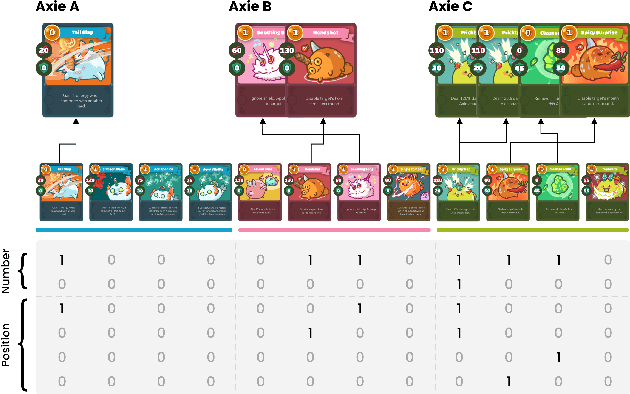

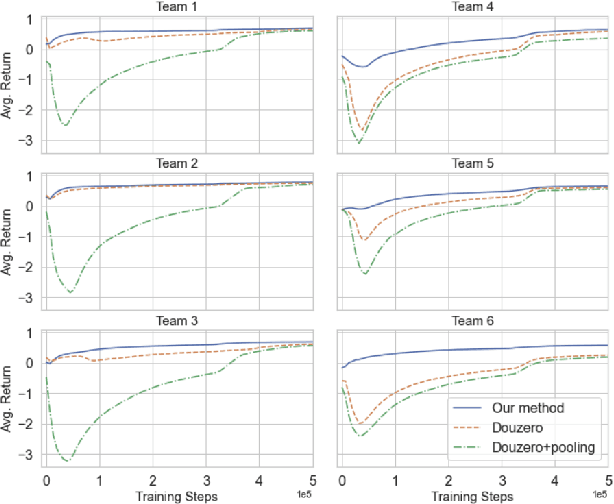
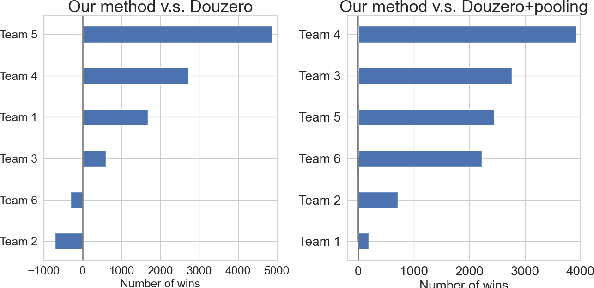
Abstract:Axie infinity is a complicated card game with a huge-scale action space. This makes it difficult to solve this challenge using generic Reinforcement Learning (RL) algorithms. We propose a hybrid RL framework to learn action representations and game strategies. To avoid evaluating every action in the large feasible action set, our method evaluates actions in a fixed-size set which is determined using action representations. We compare the performance of our method with the other two baseline methods in terms of their sample efficiency and the winning rates of the trained models. We empirically show that our method achieves an overall best winning rate and the best sample efficiency among the three methods.
Pneumothorax and chest tube classification on chest x-rays for detection of missed pneumothorax
Nov 14, 2020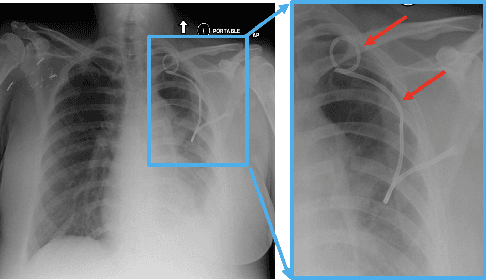
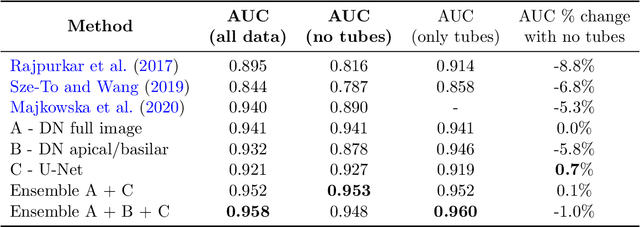
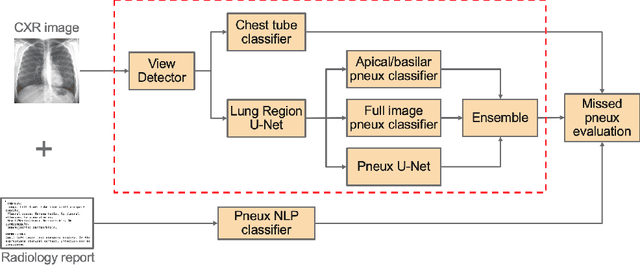
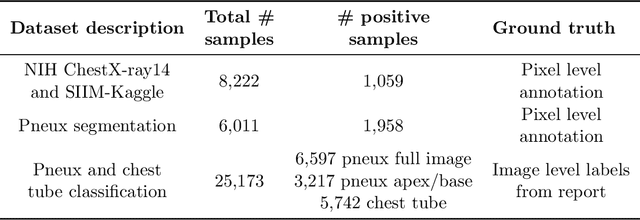
Abstract:Chest x-ray imaging is widely used for the diagnosis of pneumothorax and there has been significant interest in developing automated methods to assist in image interpretation. We present an image classification pipeline which detects pneumothorax as well as the various types of chest tubes that are commonly used to treat pneumothorax. Our multi-stage algorithm is based on lung segmentation followed by pneumothorax classification, including classification of patches that are most likely to contain pneumothorax. This algorithm achieves state of the art performance for pneumothorax classification on an open-source benchmark dataset. Unlike previous work, this algorithm shows comparable performance on data with and without chest tubes and thus has an improved clinical utility. To evaluate these algorithms in a realistic clinical scenario, we demonstrate the ability to identify real cases of missed pneumothorax in a large dataset of chest x-ray studies.
Deep Learning based detection of Acute Aortic Syndrome in contrast CT images
Apr 03, 2020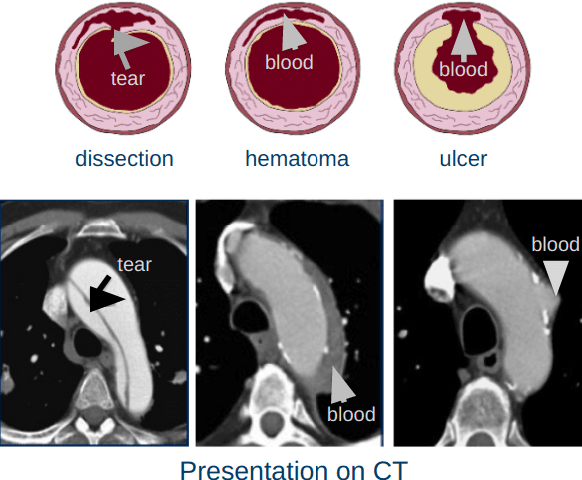
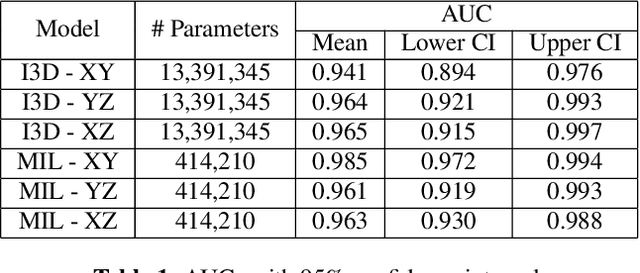

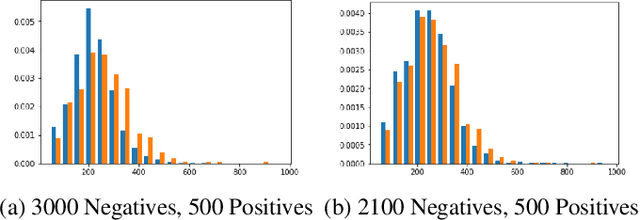
Abstract:Acute aortic syndrome (AAS) is a group of life threatening conditions of the aorta. We have developed an end-to-end automatic approach to detect AAS in computed tomography (CT) images. Our approach consists of two steps. At first, we extract N cross sections along the segmented aorta centerline for each CT scan. These cross sections are stacked together to form a new volume which is then classified using two different classifiers, a 3D convolutional neural network (3D CNN) and a multiple instance learning (MIL). We trained, validated, and compared two models on 2291 contrast CT volumes. We tested on a set aside cohort of 230 normal and 50 positive CT volumes. Our models detected AAS with an Area under Receiver Operating Characteristic curve (AUC) of 0.965 and 0.985 using 3DCNN and MIL, respectively.
 Add to Chrome
Add to Chrome Add to Firefox
Add to Firefox Add to Edge
Add to Edge